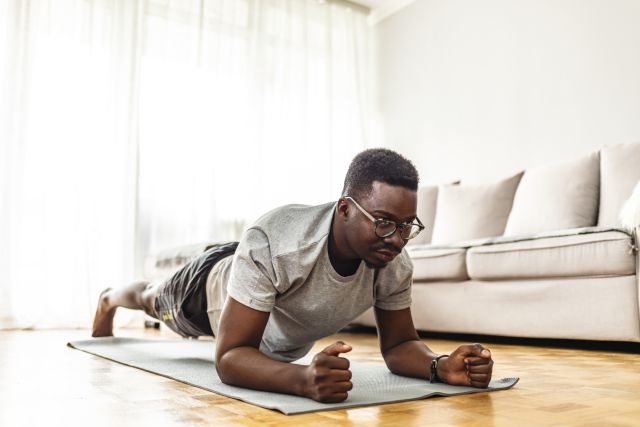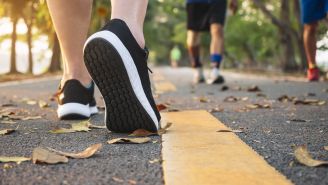Updated on January 13, 2022.
If you’re not a fan of gyms or dumbbells, there’s good news: Your own body is all you need to build muscle and strengthen bones.
Squats and lunges shape up your legs and rear as you lift your torso, arms, and head. Planks, push-ups, sit-ups, arm lifts, and arm circles strengthen and stabilize the rest of your body.
Remember, strength training isn’t just about building muscle. It’s also about holding on to the muscle you already have. As you get older, your body can lose 5 percent of its muscle every 10 years. Part of this is due to aging, but it can also happen in connection with inactivity, poor nutrition, and a variety of health problems.
Having less muscle means you’re not as strong, of course. But it also contributes to a higher risk of broken bones, since muscles strengthen bones when they pull. Low muscle mass also puts you at higher risk for injury, high blood pressure, liver disease, and lower quality of life, including trouble living independently and a shorter lifespan.
The Centers for Disease Control and Prevention (CDC) recommends that people do strength training at least twice a week. Just make sure you work all the major muscle groups: your legs, hips, back, abdomen, chest, shoulders, and arms. For muscle benefits, do enough repetitions (reps) of a single motion, such as a sit-up or lunge, so that it’s hard to keep going without help, but not so hard that you can’t maintain good form. As a rule of thumb, the CDC suggests doing 8 to 12 reps per activity—that’s one set. For extra gains, do another set or two.







